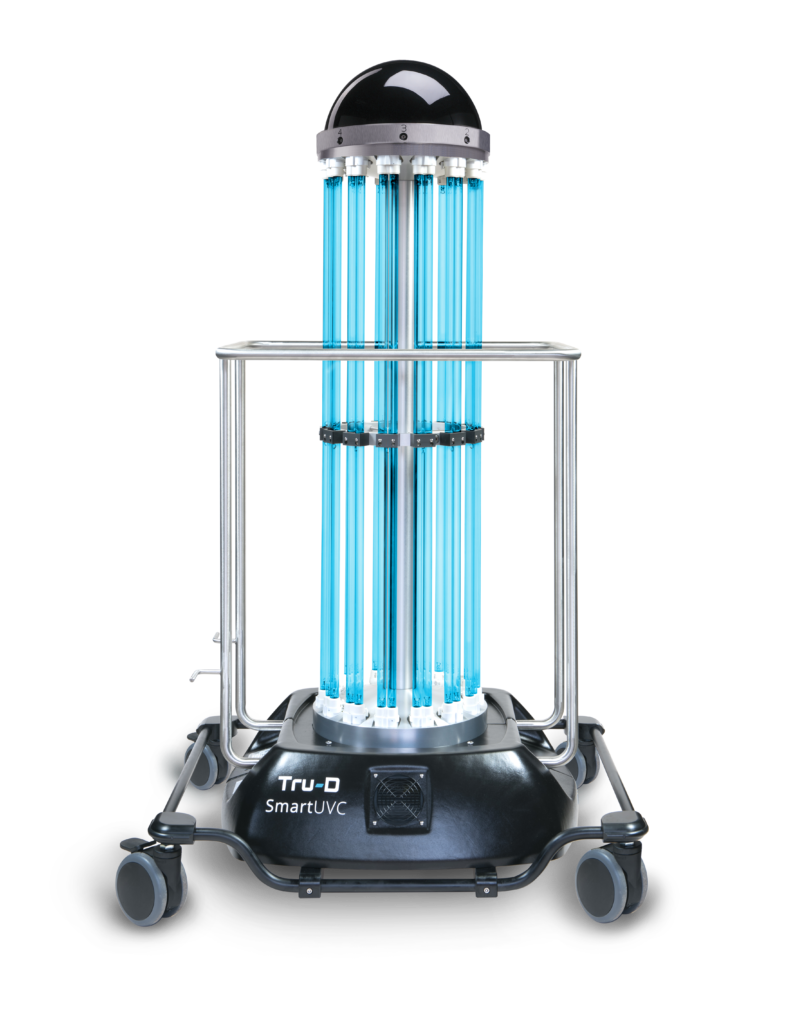
When investing in enhanced UVC disinfection technology, it’s important to make smart purchasing decisions and understand the technology as well as the science behind its effectiveness. Some UVC disinfection methods rely on a fixed cycle time and/or multiple positions around the room which can lead to inefficient disinfection and missed areas. Similarly, some products rely on “data” that has been company-funded or does not have appropriate protocols in place.
Take the guesswork out of disinfection
Microorganisms can live anywhere which is why every surface should be a priority when it comes to cleaning and disinfection. Keep in mind that today’s microorganisms can live on surfaces for long periods of time. In fact, MRSA, VRE, and C. diff can survive for months on surfaces. These and other microorganisms need a certain amount of UVC energy to inactivate them.
The Tru-D device’s Sensor360® technology minimizes that risk by calculating the time needed to react to room variables – such as size, geometry, surface reflectivity and the amount and location of contents in the room. This ensures every microorganism receives the necessary dose needed to penetrate the cell walls - meaning these organisms can no longer reproduce.
The science behind the technology
Data should include usage in a real-world setting without conflicts of interest from the manufacturer.
Watch out for UVC companies that bring in a device and hope it works – make sure to partner with a company that will ensure your success. Consider these points when making a choice with it comes to UVC disinfection:
- Does the device provide partial or complete room disinfection? Look to technology that not just disinfects a portion of a room but rather ensures thorough room disinfection.
- Does the device measure the UVC dose to ensure pathogen inactivation? Research which UVC technologies measure the UVC dose emitted by the device. Not every room is set up the same, and not every microorganism requires the same amount of UVC energy for inactivation. A measured dose of UVC will ensure the room receives the precise, necessary dose of UVC disinfection to inactivate virtually any microorganism in the space.
- Does the device have sound science behind its technology? Look for research that is conducted by third parties and not funded by the manufacturer. Also, be sure company representatives are not the authors behind the studies.
- Does the company provide ongoing support and training or is the device simply dropped off on site? Make sure when considering UVC manufacturers that you investigate ongoing support for the device, training and education for your team as well as reporting and data regarding usage.
For more information on the Tru-D technology, click here.

